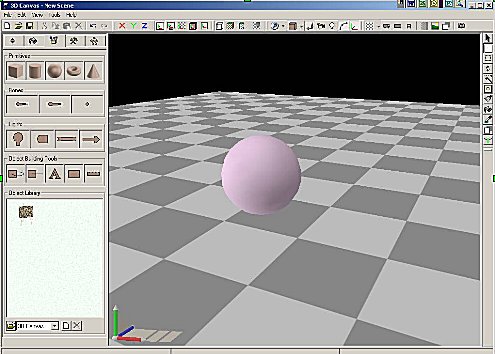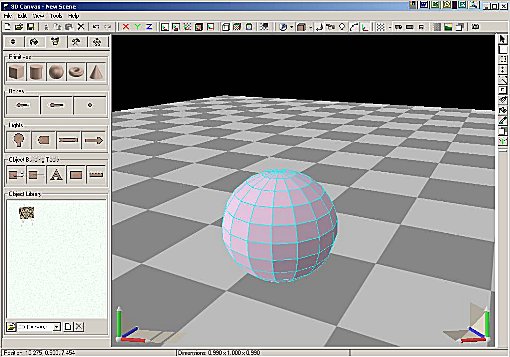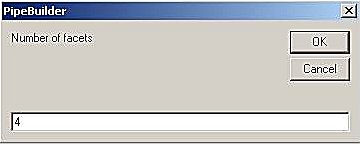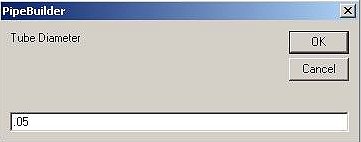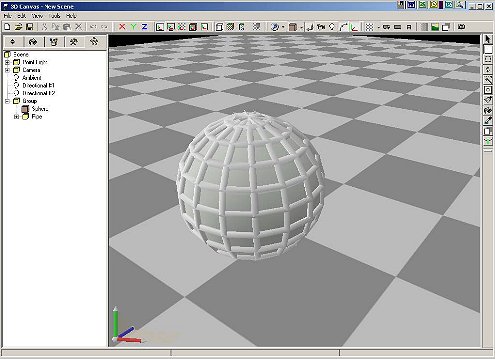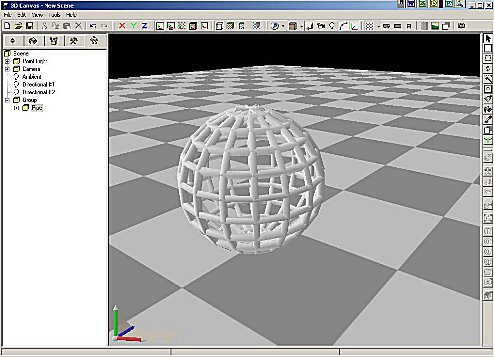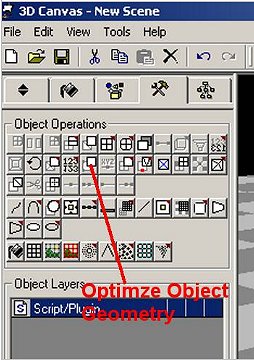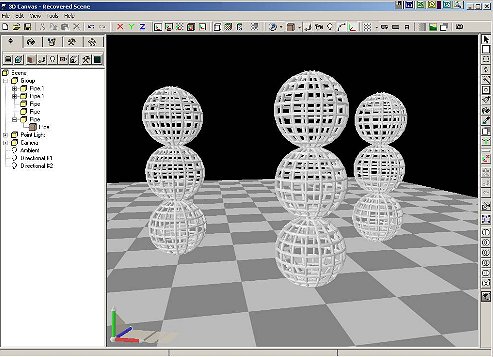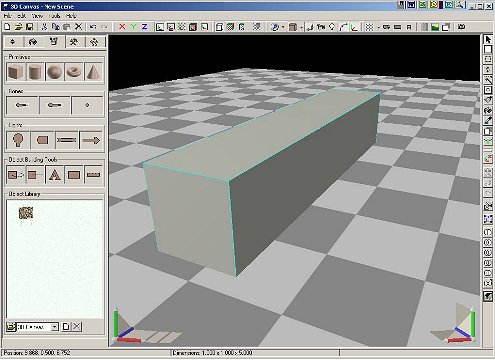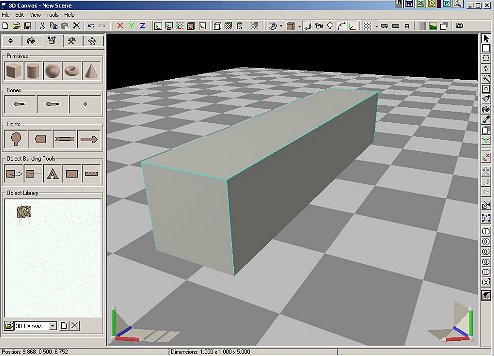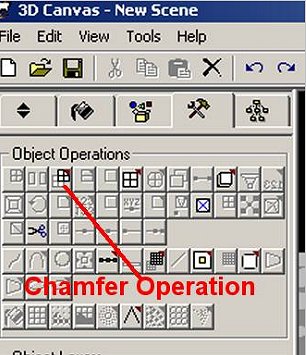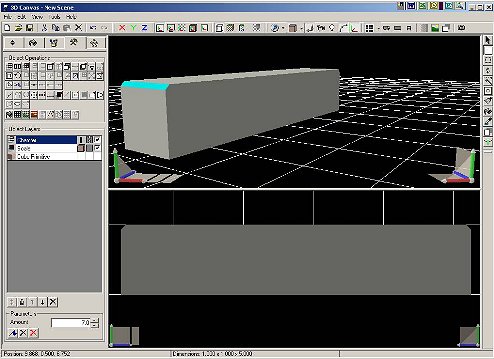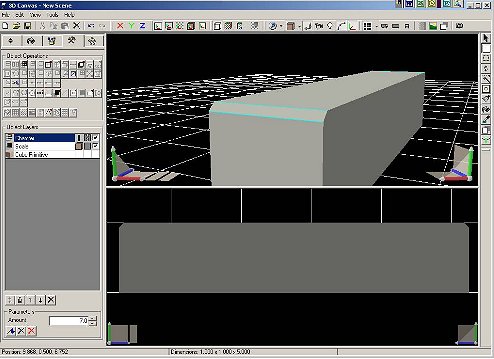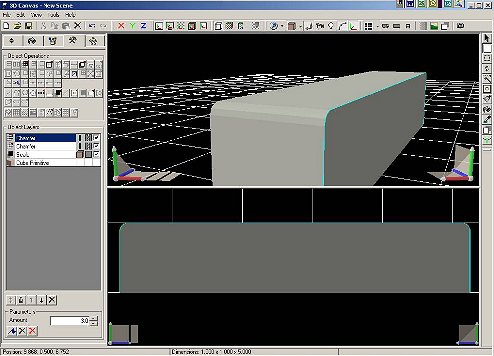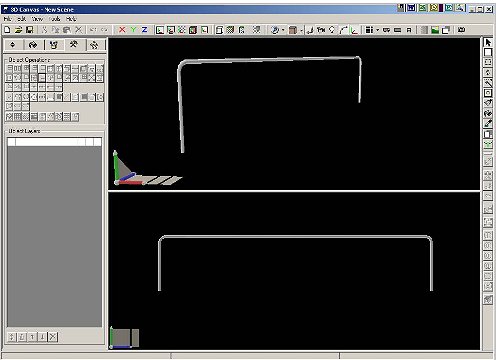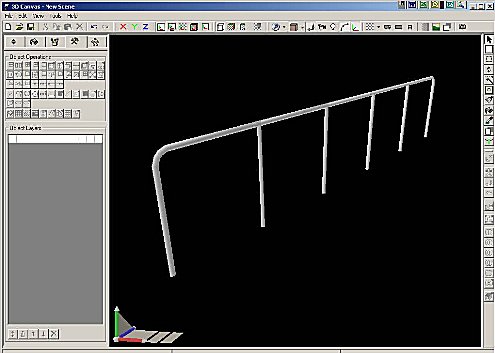3D Canvas Tutorial - Pipe Builder Plug-In
by Brentton Smith
Copyright © 2004
Overview
This Plug-In was written by Paul Gausden and is now an integral part of 3D Canvas Plus and Pro. It was part of a complete set of tools written by Paul Gausden: these tools or plug-ins are available from his website under 3D Canvas downloads.
Just make sure you download and install the right set applicable for your version of 3D Canvas. As I'm writing this, 3D Canvas in now at version 6.0.5.5. Paul's website is at: http://www31.brinkster.com/decapod/
Paul has given 3D Canvas a whole new meaning in creating models, as his designed Plug-Ins will save you hours in work time compared to other programs around. Whilst you're at his site why not consider a donation and buy him a beer for his hard work on what is basically a free set of tools.
Of the many and various plug-ins made by Paul Gausden this is by far one of my favourites simply because of its versatility and applications for model building in general. Its very easy to use and because it uses the edge of a selected object, you can make any shape of piping for any type of railing seen within the railway world.
If fact I don’t know how 3DC users kept sane before it came along as usually it meant using lots of four sided, creased and scaled cubes joined together or using a high poly cylinder with an lots of extra latitudinal edging and bending the sucker in the right shape. Prozac anyone ?
Firstly though let's have some fun and see what it can do !


